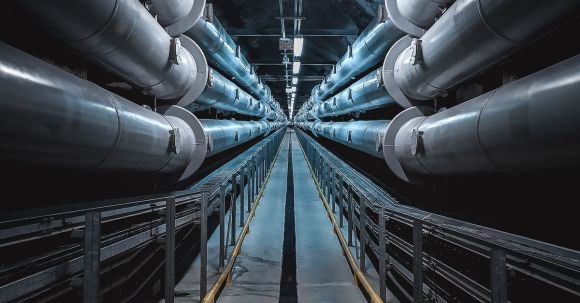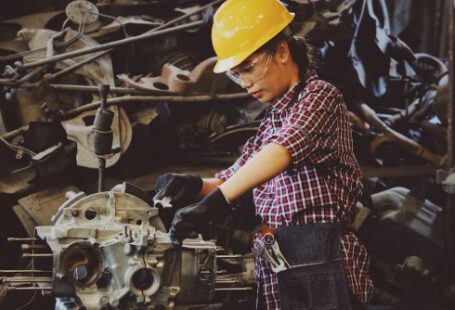The construction industry is a vast and complex one, with a range of equipment being used for various tasks. From heavy machinery to smaller tools, it is essential for construction firms to ensure that their machinery is in optimal working condition. Predictive maintenance is a strategy that can help these companies to achieve this goal.
Predictive maintenance is a form of preventive maintenance that uses data analysis to anticipate when an asset, such as a machine, is likely to fail. This type of maintenance makes use of data collected from sensors on the equipment to identify and predict potential problems before they become major issues. This information can then be used to schedule maintenance and repairs, ensuring that equipment is running at peak efficiency and reducing the risk of unexpected failures.
What are the Benefits of Predictive Maintenance?
The implementation of predictive maintenance for construction equipment carries several benefits. These include:
- Reduced downtime: Predictive maintenance helps to identify and address potential problems before they become major issues, thus reducing the amount of downtime due to unexpected failures or breakdowns.
- Reduced costs: By addressing problems before they become major issues, predictive maintenance can help companies to save money on costly repairs and replacements.
- Improved safety: The prevention of unexpected failures and breakdowns reduces the risk of accidents and injuries, thus improving overall safety on construction sites.
- Increased efficiency: By ensuring that equipment is running at peak efficiency, predictive maintenance can help companies to increase their productivity and output.
- Enhanced customer satisfaction: By reducing downtime, predictive maintenance helps companies to provide better customer service, leading to increased customer satisfaction.
How to Implement Predictive Maintenance
The implementation of predictive maintenance for construction equipment requires a few steps. First, the company needs to identify the equipment that needs to be monitored and the data that needs to be collected. This data should include information on the age, condition, and usage of the equipment, as well as any other relevant information.
The second step is to install sensors on the equipment in order to collect data. This data needs to be analyzed and monitored in order to identify potential problems before they become major issues. The third step is to create an action plan for when a problem is detected. This plan should include a timeline for when repairs or maintenance should be performed.
Conclusion
Predictive maintenance is an effective strategy for ensuring that construction equipment is running at peak efficiency and minimizing the risk of unexpected failures. By analyzing data collected from sensors, companies can anticipate problems and create an action plan for when a problem is detected. The implementation of predictive maintenance for construction equipment carries several benefits, including reduced downtime, costs, and improved safety. With the right implementation strategy, companies can reap the many benefits of predictive maintenance for their construction equipment.






